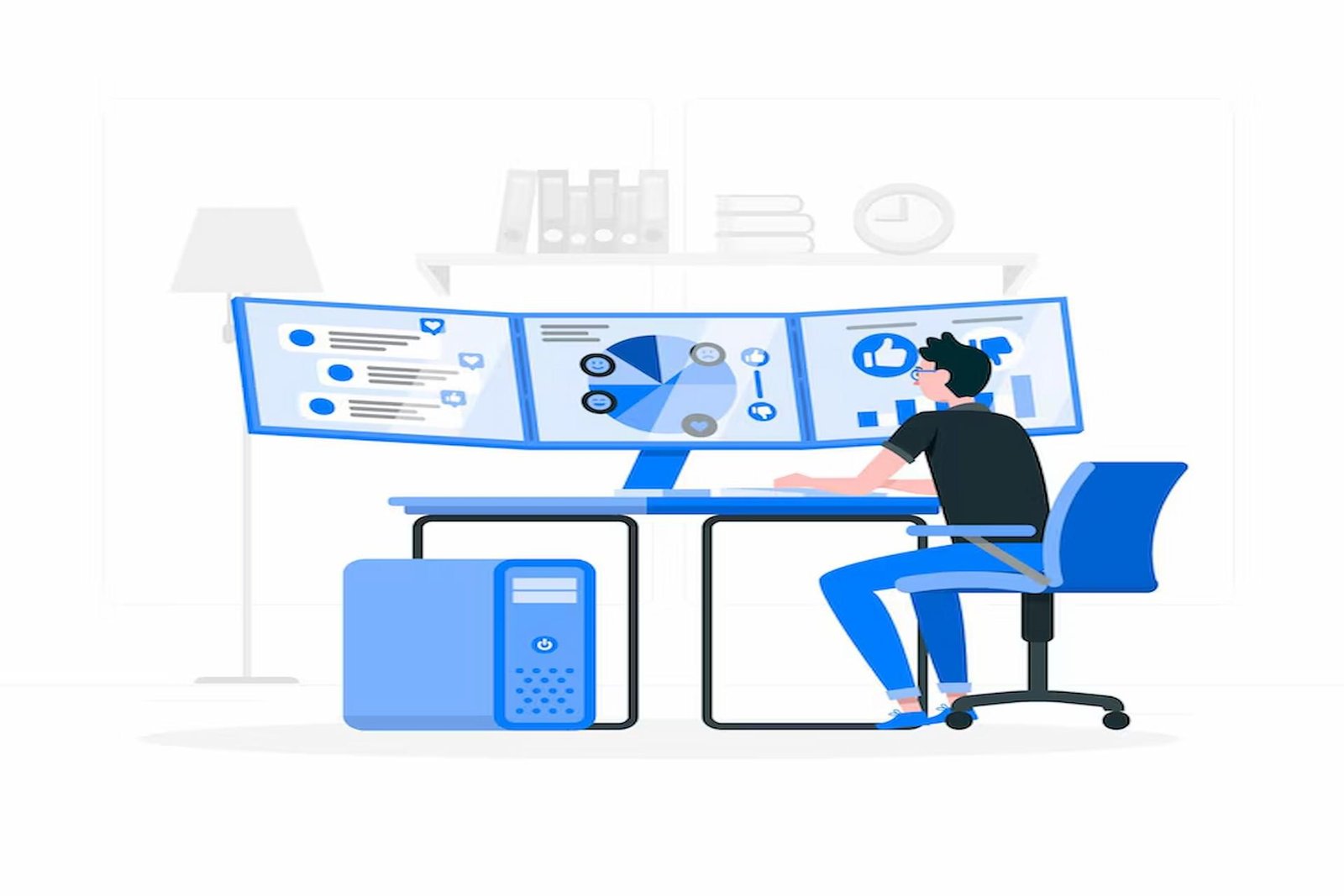Employers are constantly seeking ways to enhance productivity and accountability among their workforce. One effective strategy that has gained traction in recent years is employee monitoring. By utilizing various monitoring tools and techniques, employers can gain valuable insights into employee performance, behavior, and overall productivity levels. However, implementing effective employee monitoring requires careful planning, clear communication, and a commitment to balancing productivity with privacy concerns. In this comprehensive guide, we will explore the benefits, best practices, and ethical considerations of effective employee monitoring.
Understanding Employee Monitoring
Employee monitoring involves the use of technology to track and analyze employees’ activities, both online and offline, during work hours. This may include monitoring internet usage, email communications, computer screen activity, and even physical location (in the case of remote work). The primary goal of using employee monitoring software is to improve productivity, ensure compliance with company policies, and mitigate security risks.
Benefits of Employee Monitoring
Enhanced Productivity: Employee monitoring provides valuable insights into how employees spend their time during work hours, allowing managers to identify inefficiencies, distractions, and time-wasting activities. By analyzing this data, organizations can implement strategies to optimize workflow, prioritize tasks, and eliminate productivity barriers.
Performance Evaluation: Monitoring tools facilitate more accurate performance evaluations by tracking key metrics such as task completion rates, project timelines, and adherence to deadlines. Managers can provide data-driven feedback and identify areas of strength and improvement, empowering employees to excel in their roles.
Compliance and Security: Employee monitoring helps ensure compliance with company policies, industry regulations, and data security protocols. By detecting and preventing unauthorized access to sensitive information, organizations can mitigate risks associated with data breaches, malware, and insider threats.
Remote Work Management: With the rise of remote work, employee monitoring has become essential for managing distributed teams effectively. These tools provide visibility into remote employees’ activities, ensuring accountability and maintaining productivity levels regardless of their location.
Workforce Optimization: Monitoring tools enable organizations to optimize workforce allocation and resource utilization by analyzing productivity trends, workload distribution, and skill utilization. This allows managers to make informed decisions regarding staffing levels, project assignments, and training initiatives.
Best Practices for Effective Employee Monitoring
Transparent Communication: Employers should communicate openly with employees about the purpose and scope of monitoring activities. Clear communication helps alleviate concerns about privacy invasion and fosters trust between employers and employees.
Establish Clear Policies: Organizations should establish clear policies regarding acceptable use of company resources, internet usage, and data privacy. Employees should be aware of their rights and responsibilities when it comes to using company-owned devices and networks.
Use Technology Wisely: Employers should invest in monitoring tools that provide valuable insights without infringing on employee privacy rights. It’s essential to strike a balance between monitoring productivity and respecting employees’ personal boundaries.
Focus on Outcomes: Instead of micromanaging employees’ every move, focus on outcomes and results. Set clear performance goals and provide employees with the autonomy to achieve them in their own way.
Provide Feedback and Support: Employee monitoring should not be used solely for punitive measures. Instead, use the data collected to provide constructive feedback, support employee development, and recognize achievements.
Ethical Considerations
While employee monitoring can offer significant benefits, it’s essential to approach it ethically and responsibly. Respect employees’ privacy rights, collect only relevant data, and use it for legitimate business purposes. Avoid invasive monitoring techniques that could erode trust and morale among employees. Strive to create a culture of transparency, accountability, and mutual respect within the organization. You have to keep in mind that there’s a fine line between monitoring and invasion of privacy.
Conclusion
Effective employee monitoring can be a powerful tool for boosting productivity, accountability, and overall organizational performance. By implementing best practices, establishing clear policies, and fostering open communication, employers can harness the benefits of monitoring while respecting employees’ privacy and dignity. When used responsibly, employee monitoring can contribute to a positive work environment where employees feel supported, motivated, and empowered to excel in their roles.
Read more: https://www.futureblogs.net/digital-marketings-impact-on-business-reinvention/

